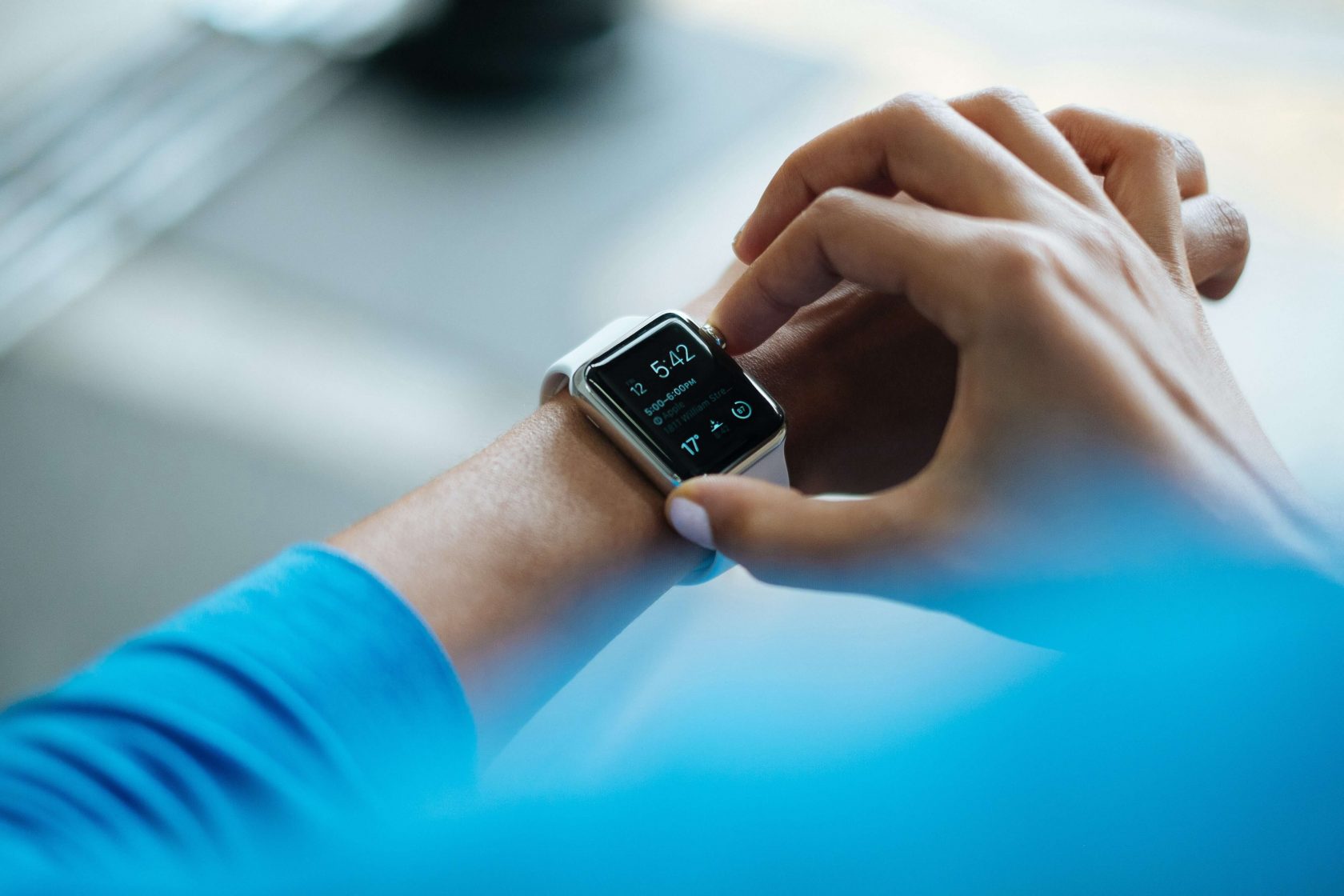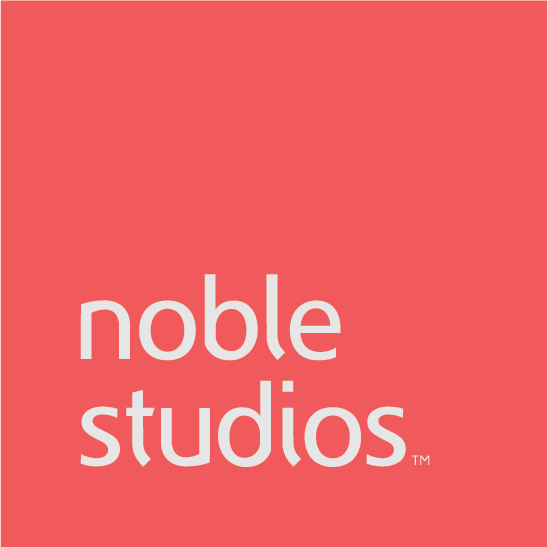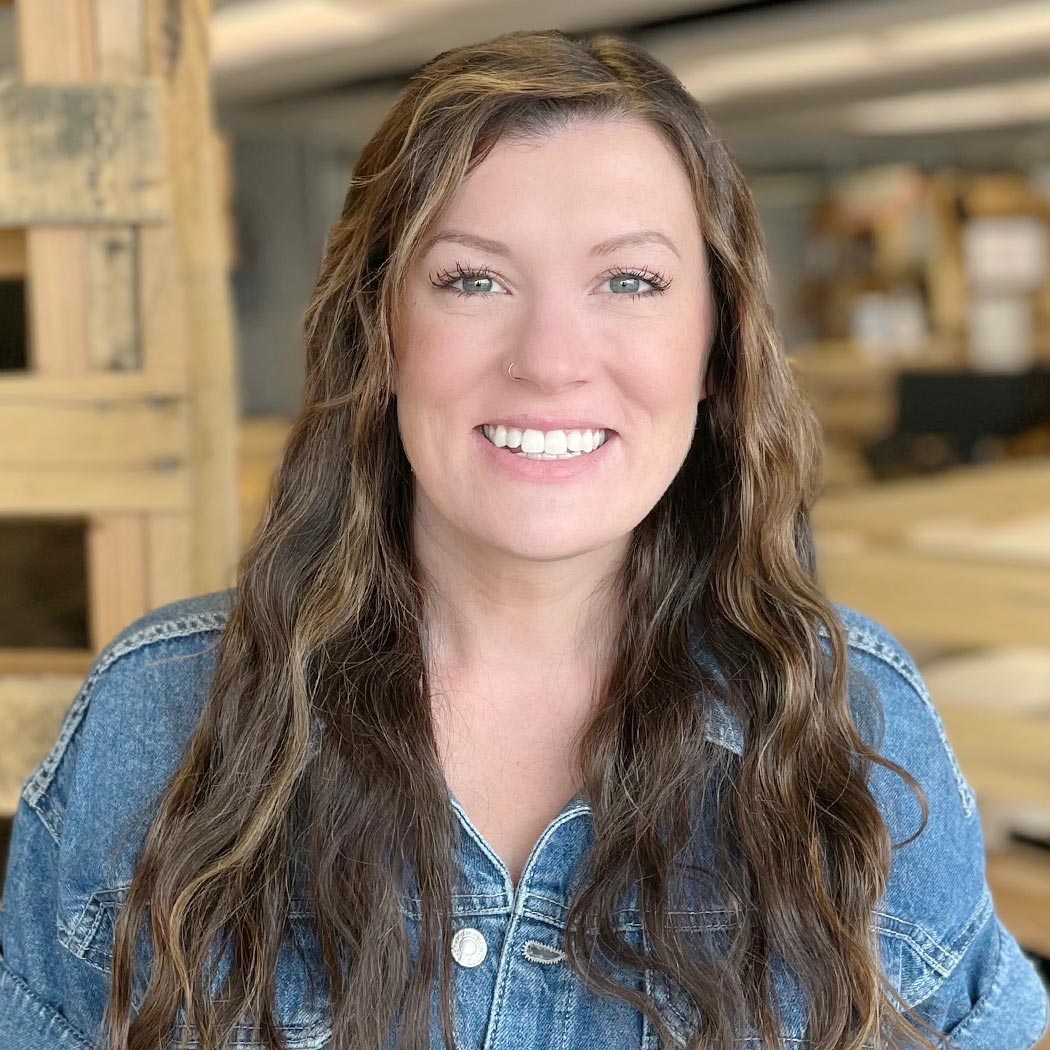During the early part of the pandemic, health systems were overwhelmed, and many people were hesitant to go into a doctor’s office, if it wasn’t necessary. This is where telehealth stepped in to help with both preventative and reactive service. As an agency, we have been monitoring industry trends and have seen both telemedicine and telehealth with over 100% increase in searches for the last 12 months compared to the previous year. But surprisingly, telehealth had been growing in popularity prior to the pandemic leading to some pretty cool innovations aimed at improving the patient experience and improving health outcomes.
And as we look into the future, we will see that telehealth is going to adapt to the needs of our population. In a report by Arizton, it is reported that the telemedicine services market size will see an incremental growth of over $1.4 billion by 2025. With that much growth, we are bound to see some amazing innovations coming our way and Noble Studios is here to help bring them to your business.
So, What Is the Difference Between Telemedicine and Telehealth?
While sometimes used interchangeably, telehealth and telemedicine cover different spectrums of work. Telemedicine refers to remote clinical services, where a provider may supply remote, online or phone support to patients. Telehealth extends beyond just clinical services to include a broader scope of services like provider training, medical education, administrative services and more. For the purposes of this article, we will be discussing telehealth as a whole.
At this time, Arizton reports that “about 70% of hospitals and 52% of physician clinics/groups are offering telehealth services to patients in the U.S.” And from the user side, we know that telehealth supports those in rural or climate-affected areas as well as portions of the population that cannot readily access healthcare facilities like the elderly, people without transportation and those with disabilities.
In a study by Google, it was found that 85% of prospective patients stated that using the latest technology was important. This flood of demand and increased user comfort with telehealth since the pandemic started has sparked an influx of new services for patients and medical providers.
Now the question becomes, how can health & wellness companies leverage these new opportunities to improve the customer experience? Below you will find 5 of the most innovative emerging technologies in telemedicine and how they can be used to improve the user experience in the health & wellness industry.
Emerging Technology in Telemedicine
Virtual Visits
When thinking about telehealth, the first thing that comes to mind is most likely getting onto a video call with your doctor. Real-time health monitoring through virtual visits is one of the tools that is becoming increasingly popular, especially with the growth of chronic health conditions. Audio and video consultations/appointments are being used to monitor symptoms faster and more effectively. By providing virtual telehealth services, health providers can provide service to more people as well as keep better digital records of their patient interactions. On the other side, virtual visits provide patients with continuity of services, convenience and additional access that they may not have received otherwise.
Smart Devices and Wearables
Real-time health monitoring is supported by the wide adoption of smart devices, like smartwatches and smart televisions. With advanced sensors, smart devices can capture a patient’s vitals and send this data to the primary care physician to be analyzed in real-time and then be used to create an archive. This health data can be used to chart recovery over time, determine deteriorating health conditions and take corrective measures, provide early detection and more. We have also seen this data to be helpful in personalizing the website experience by customizing landing pages as well as reducing friction in the user journey.
Front Door Services
As mentioned, telehealth is not only about clinical operations, it incorporates education and administration. Moving into the next phase of telehealth will involve improving the user experience. Integrating elements like easy access to records and online scheduling are going to be crucial to the expansion of telehealth. At Noble, user experience is our lifeblood, no pun intended. We support our health and wellness clients by diving in deep with stakeholders and truly understanding the best way to deliver information to users. This level of discovery as well as our experience in the health and wellness space, allows us to make positive, observable change contributing to our clients’ success.
Chatbots
Chatbots have provided support to both virtual visits and front door services by asking preliminary questions to collect personal and diagnostic data prior to jumping on the call with the provider. Advanced chatbots can use this information to understand the severity of the issue and prioritize patients for the provider. In addition, data collected by chatbots is forming archival user profiles that help health and wellness companies to better understand their customers from not only a medical side but also a nonmedical side, like how easy is their telehealth platform to use and are users getting what they are looking for. For Noble Studios, we continue to work with our clients on expanding their chat features and we see no end in sight for these.
Tinder for Healthcare
We know that there is a growing need for healthcare, but what if you don’t even know where to start? Well, there are many telehealth companies that are popping up with provider matching technology as their main focus. Kind of like Tinder for healthcare, there are many apps and websites that will take a full assessment of your needs and find you the perfect match. Let’s hope there aren’t any awkward initial conversations like Tinder.
With all of these new areas of telehealth technology, the patient experience is sure to see improvements from education to monitoring. And although the pandemic spurred the increase in interest in telehealth, we know that consumers have shown a significant adoption of the technologies before and an interest in continued use. Reach out to us to talk a little more about how we can help bring some of these emerging technologies to your business.

















